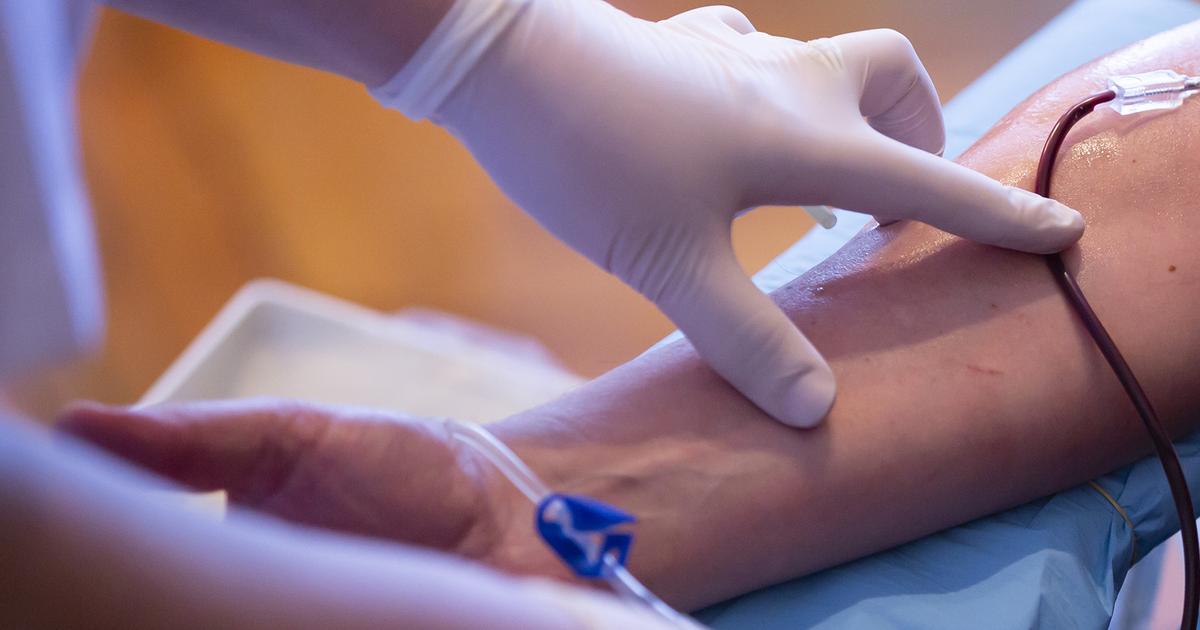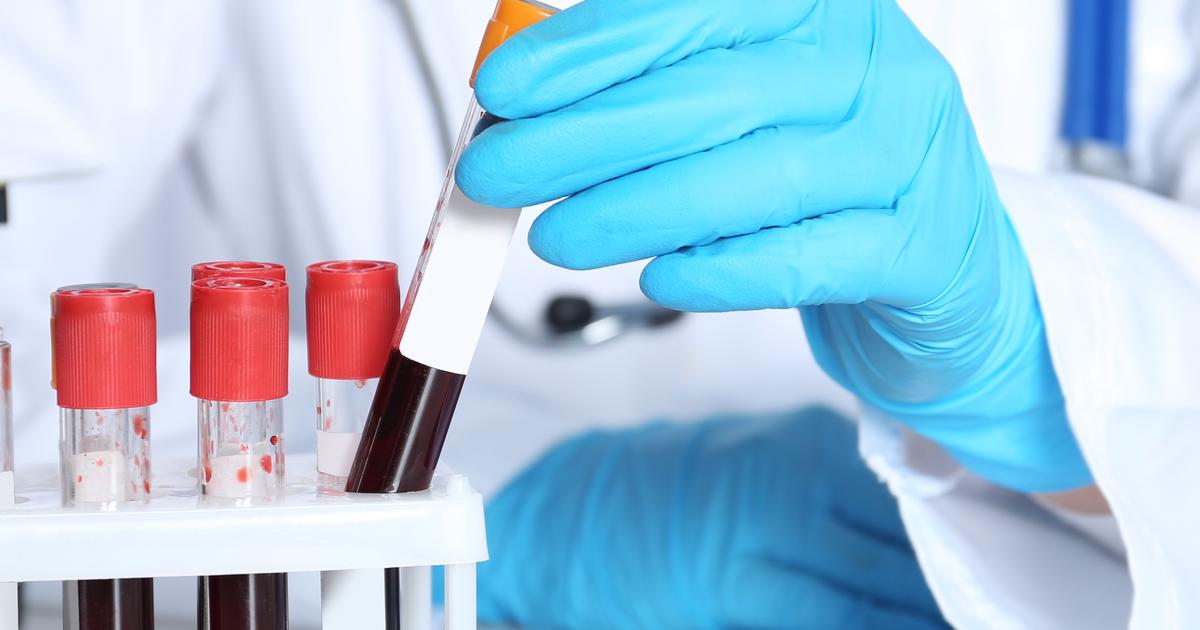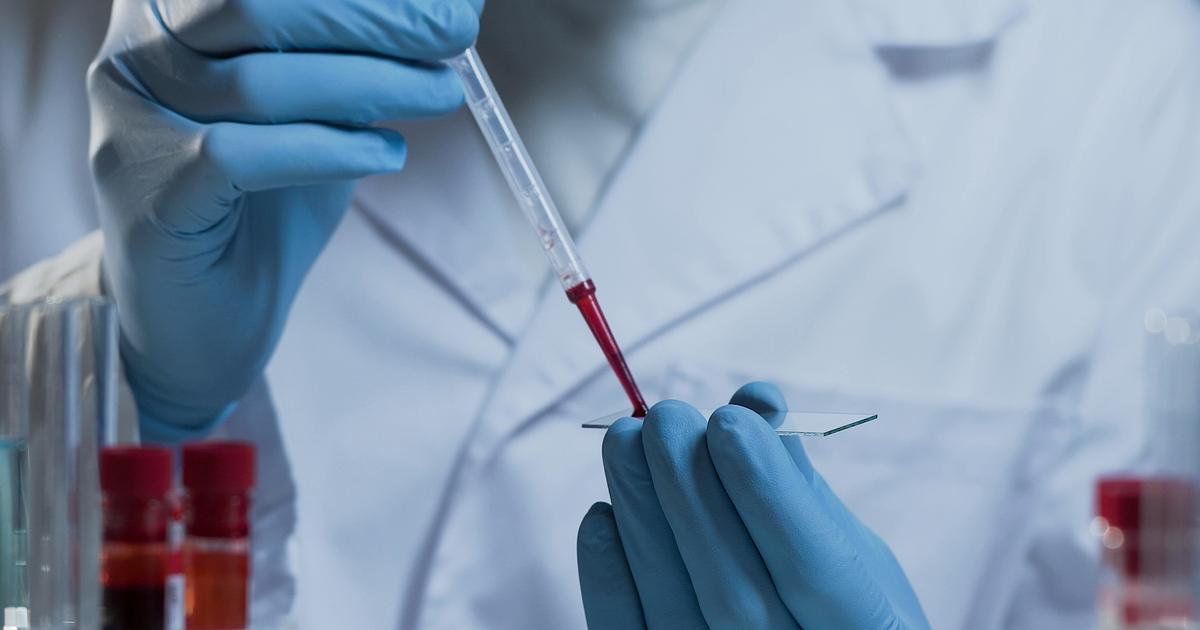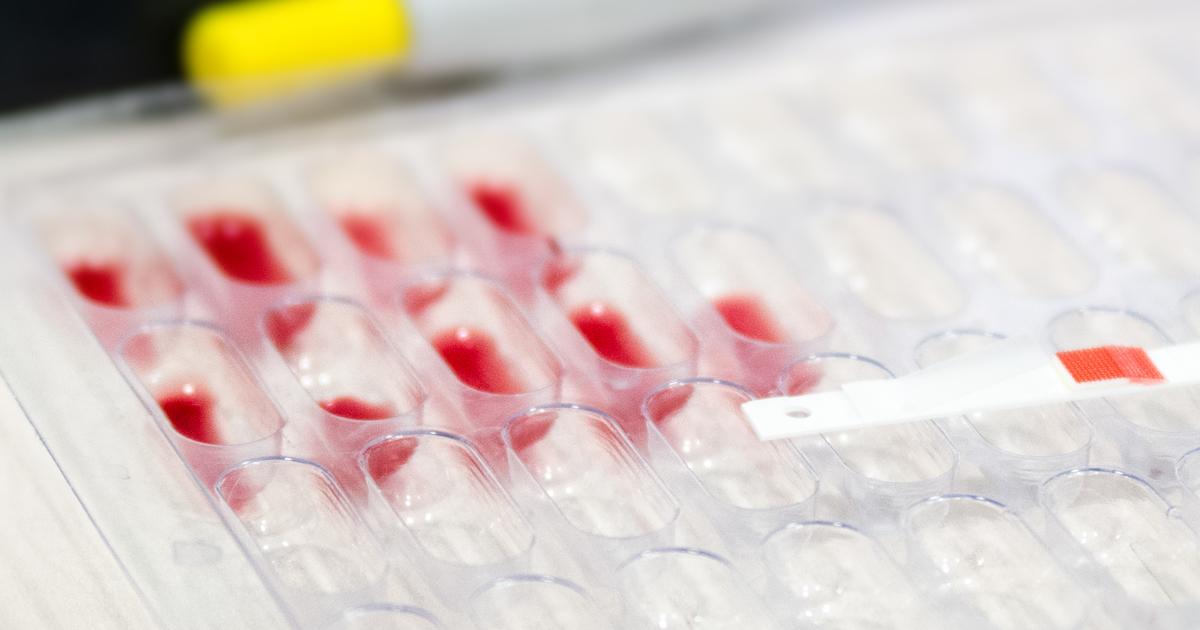Guide To Understanding The Different Blood Types
Blood is made up of red blood cells, white blood cells, platelets, and plasma. Markers called antigens are found on the surface of red blood cells, and differences in these markers are used to classify the various types of blood. There are thirty-five different systems of blood group classification. Currently, blood is primarily categorized according to its ABO group and the presence or absence of Rh factor. Types, A, AB, O, and B make up the ABO group, and each of these can be either positive or negative for Rh factor. For example, an individual may have A positive blood or A negative blood, or they might have O positive or O negative blood. The blood type a child has is determined by genetics. To determine the type of blood an individual has, doctors mix a patient's blood sample with different substances to see how the blood reacts. Knowing a patient's blood type is critical in cases of blood transfusion, organ transplant, or surgery. Blood typing tests are normally performed at birth, and patients are also tested for their blood type as part of the blood donation procedure.
The outline below describes the major blood groups in detail.
Type O

Type O blood lacks both A and B antigens. However, antibodies to both types A and B are present in the plasma of patients with type O blood. O negative blood is often considered the 'universal donor' type because it can be given to patients with any blood type. The latest research suggests while this is the case for most situations, O negative blood may not always be the best type for blood transfusions for certain patients. O negative blood is one of the rarest blood types in the U.S., and only an estimated seven percent of Americans have this type. Individuals with O negative blood can only receive blood that is also O negative. However, they can give blood to patients who are A positive or A negative, B positive or B negative, and AB positive or AB negative.
O positive blood is the most common blood type in the United States; approximately thirty-eight percent of the population in the United States has this type. Individuals with O positive blood can receive blood transfusions of either O positive or O negative blood, and O positive blood donations can be given to individuals who have A positive, B positive, or AB positive blood.
Read more about the different types of blood now.
Type A

Type A blood only has A antigens, and B antibodies are present in the plasma. An estimated thirty-four percent of Americans have A positive blood, making it the second most common blood type in the country. Patients with this blood type can donate blood to individuals who have either A positive or AB positive blood, and they can receive blood transfusions of A positive, A negative, O positive, or O negative blood. Six percent of the population in the United States has A negative blood, so it is one of the rarer types. Individuals with A negative blood can receive blood that is either O negative or A negative. A negative blood can be donated to patients who have A positive, A negative, AB positive, or AB negative blood.
Uncover more information on the different types of blood now.
Type B

Both the B negative and B positive forms of blood are especially rare in the United States. Nine percent of Americans have B positive blood, and only two percent of individuals around the country have B negative blood. Type B blood has a marker known as marker B, and it lacks any other markers, although type A antibodies are found in the plasma of type B blood. Patients with type B positive blood can donate blood to individuals who have either B positive or AB positive blood, and they can receive blood that is O negative, O positive, B negative, or B positive. Those with B negative blood can donate to patients with B negative, B positive, AB negative, or AB positive blood types. Additionally, individuals with B negative blood can receive transfusions of either B negative or O negative blood.
Continue reading to reveal more facts about different types of blood now.
Type AB

Blood classified as type AB contains both A and B markers, and no A or B antibodies are found in type AB plasma. Three percent of Americans have type AB positive blood, and just one percent of the population has AB negative blood, making it the rarest blood type in America. Patients with the AB blood type are considered universal plasma donors, as their plasma can be received by patients with any blood type. Individuals with AB positive blood can donate their blood to patients who also have AB positive blood, and they can receive blood transfusions of any type of blood. Patients with AB negative blood can donate their blood to individuals who have either AB positive or AB negative blood, and it is safe for them to receive blood from those who have AB negative, A negative, B negative, or O negative blood.
Learn about Rh factor and blood next.
Rh Factor

Rh factor is an abbreviation for Rhesus factor, an antigen that occurs in the blood of humans and other primates. For the human population across the globe, Rhesus factor is present in an estimated eighty-five percent of all blood. Patients who have Rh factor in their blood are classified as having a positive blood type, and those who do not have the Rh factor have a negative blood type. While the lack of Rh factor is not considered an illness and typically has no impact on a patient's health, it may affect a patient's health during pregnancy. Since a baby can inherit Rh factor from either parent, issues might occur in cases where an unborn baby is Rh-positive and the mother is Rh-negative. This is known as Rh incompatibility. Pregnant women normally have a screening test for this incompatibility during their first prenatal appointment. Women who have Rh incompatibility may need to be given several injections of Rh immunoglobulin to prevent the production of Rh antibodies during pregnancy.